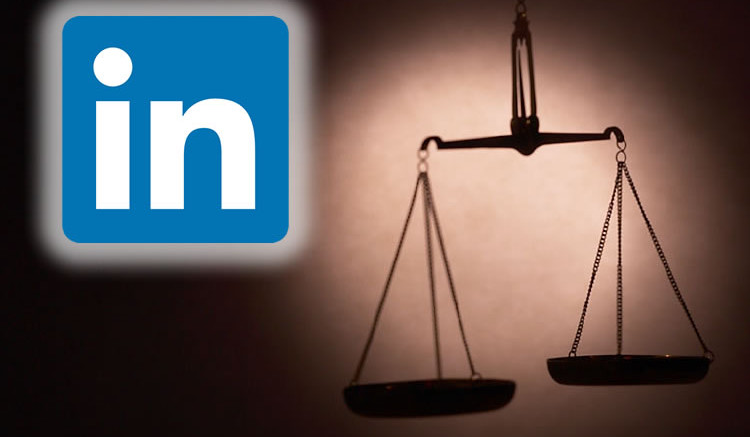When it comes to personal branding, I am of the popular opinion that you really can’t beat LinkedIn. Indeed, that’s really what their stated purpose is–to give individuals the power to build their personal brands. That’s why they have done so much to help each of us showcase our accomplishments, and more recently to even start blogging right on their platform.
In fact, I was reminded of this just last week when I sat down with a colleague of mine who sought my guidance in building his personal website. I asked him what he wanted, specifically, to accomplish with this site; he didn’t have anything specific—he really just wanted to have an internet presence that allowed him to present himself in a professional context. While he professionally sells for a household brand, he still knew the importance of building his own.
So I asked him: “Are you on LinkedIn?”
“Of course,” he replied.
“Then you don’t need a new website–you already have one. Focus on developing your profile and get more engaged…that’s what it’s there for.”
That said, developing a LinkedIn profile is not all that complicated, nor will I go into the step-by-step process of doing so since that subject gets plenty of ink already. But I will focus on what is likely one of the most challenging parts of your profile: LinkedIn Recommendations!
Now, please do not confuse “Recommendations” with “Endorsements.” Endorsements are when a connection gives you a “check” next to some skill you have posted in your profile. While the intentions were good in adding this feature, in practice they are next to worthless. Indeed, I have endorsements from people whom I have never met and never worked for. As of this writing, LinkedIn aggressively encourages members to “endorse” each other so often that it has become a commodity, at least in my opinion anyway.
Back to LinkedIn Recommendations, which can be extremely valuable. These are nothing short of full-blown testimonials, which take more work to get (besides earning them!). But they are far more valuable. Indeed, if you are seeking employment, you should know by now that many employers will not even consider an applicant unless he or she has a minimum number of recommendations on LinkedIn, from other individuals who previously hired or supervised you in some capacity.
Note my choice of words above, “can be.” The nature of the relationship with a contact giving you a Recommendation is very important. For example, the management consultant I mentioned in last week’s piece had a very strong profile, with many LinkedIn Recommendations. But upon closer scrutiny, the vast majority of them were from equal colleagues or even subordinates. Not that those aren’t bad to have…but from a marketing standpoint they carry less value (although as you can imagine they are easier to obtain).
Not so much for Managed or Hired Recommendations (my description). Those are worth their weight in gold, when they focus on measurable, positive outcomes. So I found myself advising both individuals (the consultant described last week and my contact described above) to proceed with getting as many Managed or Hired Recommendations as possible. In their cases, this should not be too difficult given their respective professional accomplishments.
Why is this important? It’s common sense really. If you are looking to promote yourself to attract potential customers or employers, those people really don’t want to hear from your drinking buddy about what a swell guy you are. Chances are, they only care about two things: your integrity, and the results you can deliver.
And as I said earlier, these kind of LinkedIn Recommendations can be more challenging to get. However, I bring good news…I have boiled the process down into a handful of relatively simple steps. I will share them with you next week.


Leave a comment
You must be logged in to post a comment.